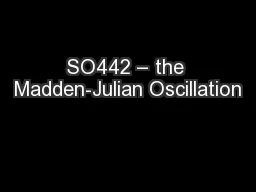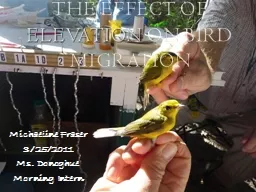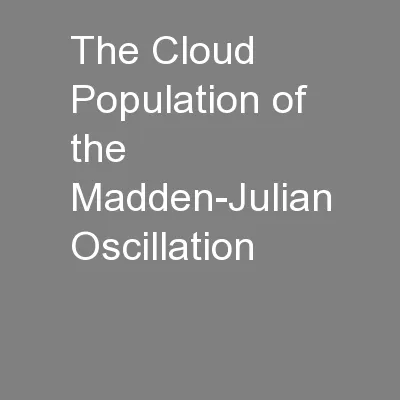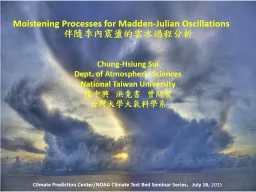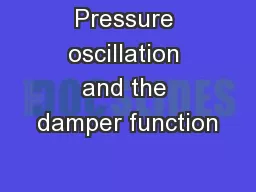PPT-SO442 – the Madden-Julian Oscillation
Author : aaron | Published Date : 2018-09-22
Lesson 6 What is the MJO Largescale disturbance of deep convection and winds that controls up to half of the variance of tropical convection in some regions Now
Presentation Embed Code
Download Presentation
Download Presentation The PPT/PDF document "SO442 – the Madden-Julian Oscillation" is the property of its rightful owner. Permission is granted to download and print the materials on this website for personal, non-commercial use only, and to display it on your personal computer provided you do not modify the materials and that you retain all copyright notices contained in the materials. By downloading content from our website, you accept the terms of this agreement.
SO442 – the Madden-Julian Oscillation: Transcript
Download Rules Of Document
"SO442 – the Madden-Julian Oscillation"The content belongs to its owner. You may download and print it for personal use, without modification, and keep all copyright notices. By downloading, you agree to these terms.
Related Documents

